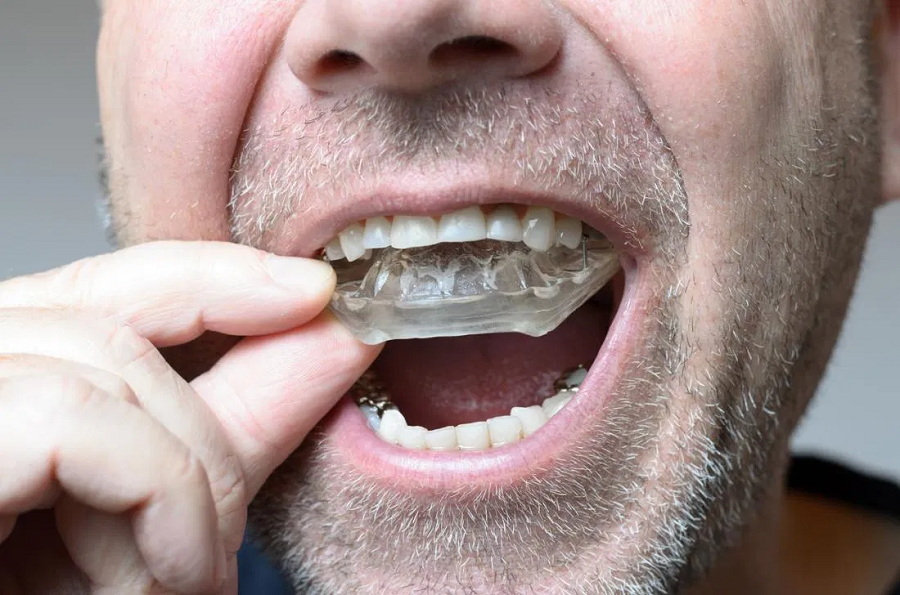Orthodontic treatment creates facial and tooth balance and harmony, improving aesthetic smiles, functional bites, and the patient’s overall oral health and well-being. Optimal results of orthodontic treatment are achieved at the right time in the development of the patient’s growth by patients who are supportive, well-informed, and have realistic expectations.Some orthodontists prefer Invisalign as the best aligners for the treatment of the patient.
Benefits
- Improves facial aesthetics and psychological well-being.
- Bite correction
- Benefits of interception
- Improving gum health
- Sleep apnoea management
- Repair result
Risk
All treatments have specific risks and limitations. Fortunately, orthodontic complications are rare and usually have few consequences. However, you need to fully understand the risks before you can make an informed decision about whether to continue treatment.
- Decalcification / cavities
- Enamel damage
- Root absorption
- Gums damage
- Physical trauma
- Temporomandibular disorders (jaw problems)
- Pulp damage
- Ankylosis
- Helmet injury
- Allergies
- Long-term treatment
- Treatment failure
- Profile change
- recurrence
When considering orthodontic treatment, it is important to consider the risks and benefits of treatment. There are some potential risks to patients that need to be considered carefully. However, serious damage is rare. On the other hand, not seeking orthodontic treatment can cause psychosocial or physical harm. In most cases, the benefits of orthodontic treatment outweigh the possible risks.
What is the job of an orthodontist?
An orthodontist is a dentist who specializes in jaw-tooth alignment. They have an important task to help those who have misaligned teeth or need some orthodontics, those with improper or malocclusion. Some dentist wants to promote their clinic on social media,who will be the clinic’s social media manager and it promote their profession and attract customers. Orthodontists have the power to help people feel anxious about their teeth. They can improve smiles and help give confidence to their patients through their work.
Orthodontic Responsibility:
- A variety of diagnostic tests are used to determine the condition of a patient’s teeth.
- Examine patient records such as dental records, plaster models of teeth, and x-rays to plan patient treatment.
- Discuss treatment plans and cost estimates with the patient.
- Treats obstruction problems and other oral conditions.
- Instruct attendees on orthodontic procedures and techniques.
- Work with other professionals such as dentists and oral surgeons to coordinate orthodontic services in your overall treatment plan.
- Patient adaptation to a variety of orthodontic appliances.
- Schedule regular examinations with the patient to adjust the brace, such as tightening the brace and tracking the patient’s progress.
- Educate patients about ongoing orthodontic treatment and explain proper oral hygiene practices for good oral hygiene.
- If necessary, they will provide referrals to other specialists such as oral surgeons.
Orthodontist requirements:
- Bachelor’s degree in biology, chemistry, or related fields.
- Title of Doctor of Medical Dentistry (DMD) or Doctor of Dental Surgery (DDS).
- In-depth knowledge of various molds and orthodontic appliances.
- Experience using hand tools (periodontal scaler, band plugs, cutters, pliers) and diagnostic tools (digital radiographs, 3D images).
- Excellent dexterity and hand-eye coordination.
- Excellent patient management skills.
- Excellent communication skills and interpersonal skills.
